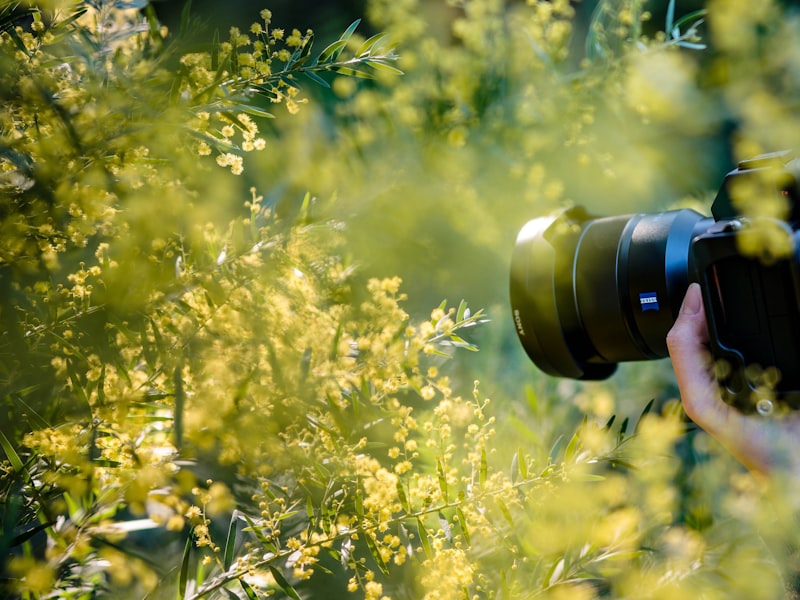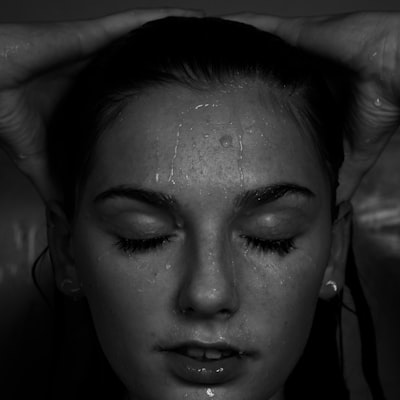Some Of From Brain to Brushstroke: Investigating the Science behind Artistic Expression

Coming from Brain to Brushstroke: Looking into the Science responsible for Artistic Phrase
Craft has been an essential part of human people for 1000s of years. Coming from cavern art work to Renaissance masterworks, artistic articulation has astounded viewers and served as a means of interaction and self-expression. But have you ever before questioned what goes on in the thoughts of an performer? How do they transform their ideas and emotions right into brushstrokes on a canvass? In recent years, experts have started to delve in to the intriguing world of art and explore the science responsible for artistic articulation.

One area of investigation that has obtained notable interest is the research of human brain activity during the course of creative creation. Using techniques such as useful magnetic resonance imaging (fMRI), analysts have been able to review which regions of the human brain are switched on when people interact in artistic tasks. This has provided valuable ideas in to how our minds process and produce creative concepts.
One research conducted at Stanford University found that when musicians create fine art, their minds show enhanced activity in the prefrontal cerebral cortex, which is liable for higher-order intellectual functionality such as decision-making, problem-solving, and self-expression. This proposes that performers might count heavily on these cognitive processes when converting their thought and feelings and emotional states into visual form.
Moreover, researchers have uncovered that different types of imaginative articulation may turn on unique neural systems within the mind. For example, a research published in Frontiers in Human Neuroscience located that music structure activates various human brain regions reviewed to aesthetic art creation. This proposes that different craft forms might engage special intellectual processes, highlighting the unique nature of creative expression.
Another element experts are intrigued in discovering is how emotions influence creative development. Emotional states participate in a essential part in forming our take ins and assumptions, consisting of those related to fine art. A research performed at Johns Hopkins University demonstrated that when people were presented emotionally demanded pictures while making art work, their developments showed much more intense emotional content compared to those who were not revealed to emotional stimuli. These results suggest that emotions can exceptionally affect an artist's creative output, affecting the mood and content of their work.
In enhancement to examining brain task and emotions, analysts have additionally checked out the role of experience in creative articulation. It is widely acknowledged that method and take in are vital for creating imaginative capabilities. Nonetheless, experts have sought to find how experience manifests in the mind. A study released in NeuroImage found that strongly knowledgeable artists showed increased connectivity between human brain locations included in graphic assumption, interest, and motor control. This suggests that considerable instruction can easily lead to enhanced coordination between these regions, making it possible for musicians to execute their imaginative vision with higher precision.
Check Here For More for artistic articulation is not limited to understanding the interior workings of the performer's thoughts; it likewise stretches to the target market's understanding and interpretation of art. Scientists have looked into how individuals react to various forms of art and why certain artworks bring about solid mental responses. Making use of approaches such as eye-tracking technology, scientists have been capable to examine where folks center their interest when looking at arts pieces. This research has revealed that viewers have a tendency to invest additional opportunity appearing at locations of higher visual intricacy or factors of passion within a item. These searchings for aid us understand how performers can successfully assist our gaze and evoke particular emotional states with their choice of structure and subject matter issue.
Additionally, researches have uncovered that social history and individual encounters form our interpretation of art. A research conducted at New York University found that people from various cultures show unique nerve organs actions when viewing theoretical arts pieces. This proposes that our social training impact how we regard and enjoy art.
In verdict, the scientific research responsible for creative articulation is a quickly growing industry that supplies beneficial ideas in to how our human brains refine and generate fine art. With researching brain task, emotions, knowledge, viewers understanding, and social effect, experts are unraveling the enigmas behind what makes art therefore engaging and strong. By understanding these rooting systems, we can easily obtain a deeper appreciation for artistic articulation while likewise shedding light on fundamental aspects of human cognition and creative thinking.
